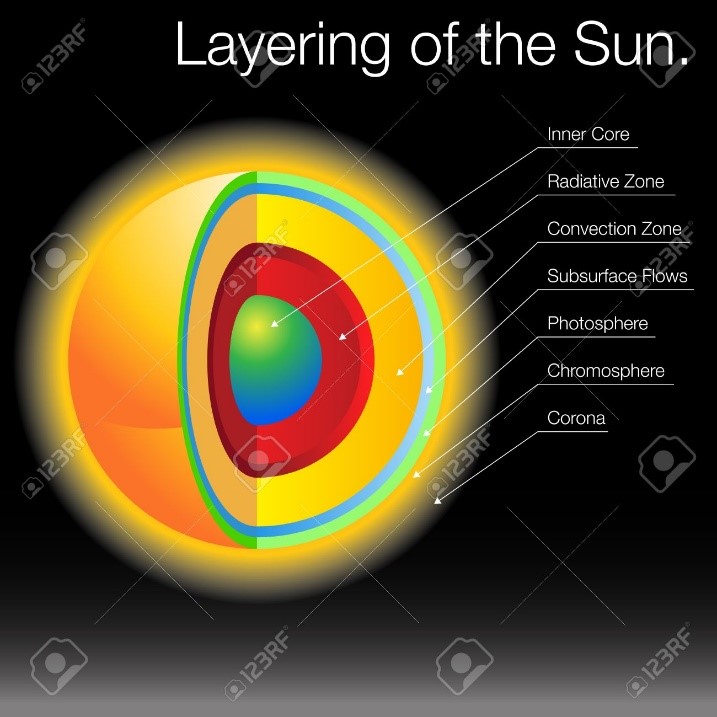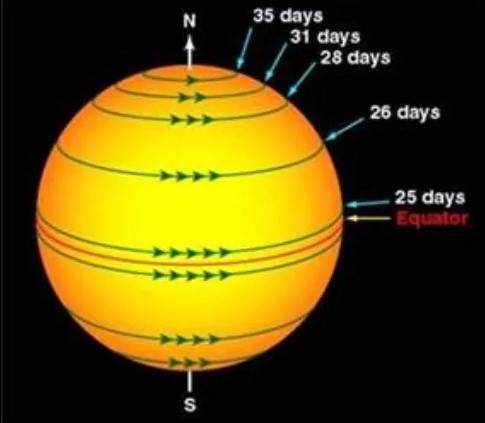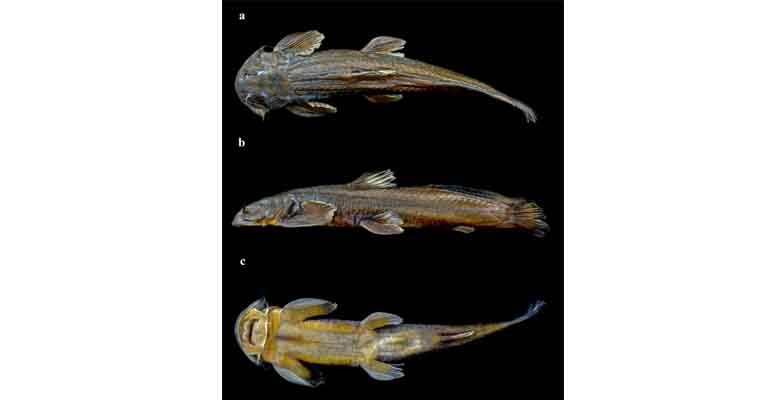Astronomers from the Indian Institute of Astrophysics (IIA), have mapped the variation in the rotation speed of the Sun’s chromosphere using 100 years of daily records at the Kodaikanal Solar Observatory.

Recent Findings

References
India’s first CO2-to-methanol pilot plant with a capacity of 1.4 tons per day (TPD) to come up at Thermax Limited in Pune, Maharashtra.
CO2-to-methanol
Reference
The Hindu Business Line | India’s first CO2-to-methanol pilot plant
PM Modi launched 3 Param Rudra supercomputers and an HPC system for weather research recently.
National Supercomputing Mission
References
India is now formally a part of the Minerals Security Finance Network
Reference
Business Standard | India joins US-led security finance network
A new species of catfish was recently discovered in the Dzuleke River, a tributary of the Barak River in Nagaland.

Reference
Mokokchungtimes | New species of catfish discovered in Nagaland